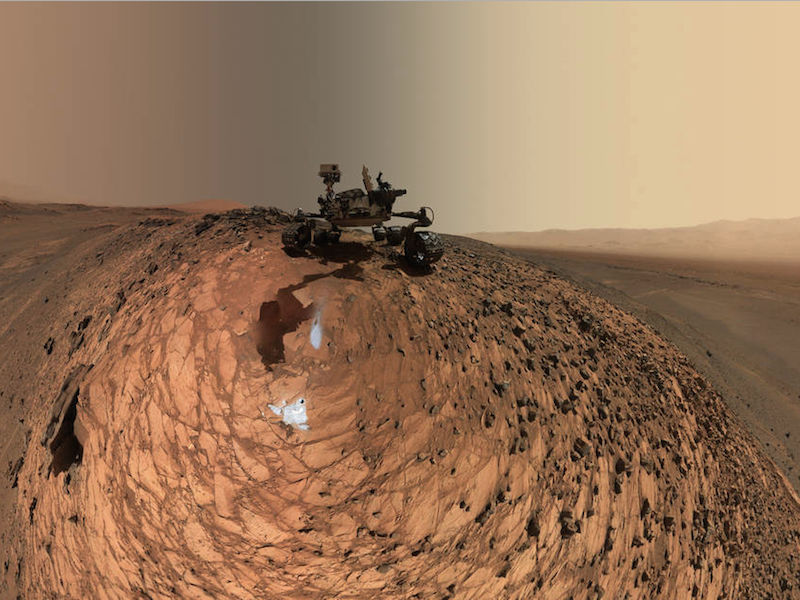-
Tips for becoming a good boxer - November 6, 2020
-
7 expert tips for making your hens night a memorable one - November 6, 2020
-
5 reasons to host your Christmas party on a cruise boat - November 6, 2020
-
What to do when you’re charged with a crime - November 6, 2020
-
Should you get one or multiple dogs? Here’s all you need to know - November 3, 2020
-
A Guide: How to Build Your Very Own Magic Mirror - February 14, 2019
-
Our Top Inspirational Baseball Stars - November 24, 2018
-
Five Tech Tools That Will Help You Turn Your Blog into a Business - November 24, 2018
-
How to Indulge on Vacation without Expanding Your Waist - November 9, 2018
-
5 Strategies for Businesses to Appeal to Today’s Increasingly Mobile-Crazed Customers - November 9, 2018
Epic selfies taken by Curiosity rover during Mars mountain trip
Curiosity, which landed on Mars in August 2012, has been turning the camera on itself for several self-portraits during its journey to the site called Marias Pass in the foothills of 3.4-mile high Mount Sharp.
Advertisement
The Curiosity Rover has been on Mars for three years already – although it feels like yesterday. This will probably provide some more clues on why the rocks in this area have significantly higher levels of silica and hydrogen compared to other areas the Curiosity rover has covered so far.
Nasa says that the 1-ton, six-wheeled Curiosity has clocked 11.1km since it started driving around Mars in August 2012.
Silica, monitored with Curiosity’s laser-firing Chemistry and Camera (ChemCam) instrument, is a rock-forming chemical containing silicon and oxygen, commonly found on Earth as quartz. For monitoring hydrogen beneath the ground, the Curiosity has a Dynamic Albedo of Neutrons (DAN) instrument.
So much water, that DAN spotted an interesting result in passive mode.
Curiosity examined the Marias Pass contact zone closely with instruments mounted on its mast and arm.
With the hopes of finding out why the area of Marias Pass is “wet”, Curiosity collected powdered samples of one of its rocks, which was called “Buckskin”, via drilling it, for the purposes of future study.
Advertisement
“We were pleased to see no repeat of the short circuit during the Buckskin drilling and sample transfer”, Steven Lee, deputy project manager for Curiosity at NASA’s Jet Propulsion Laboratory, Pasadena, Calif., said in the statement. “It could come back, but we have made changes in fault protection to continue safely drilling even in the presence of small shorts”. (The rover reached the base of that peak in September 2014.) Mission scientists want Curiosity to climb through the mountain’s lower reaches, reading a history of Mars’ changing environmental conditions in the rocks as it goes.





























